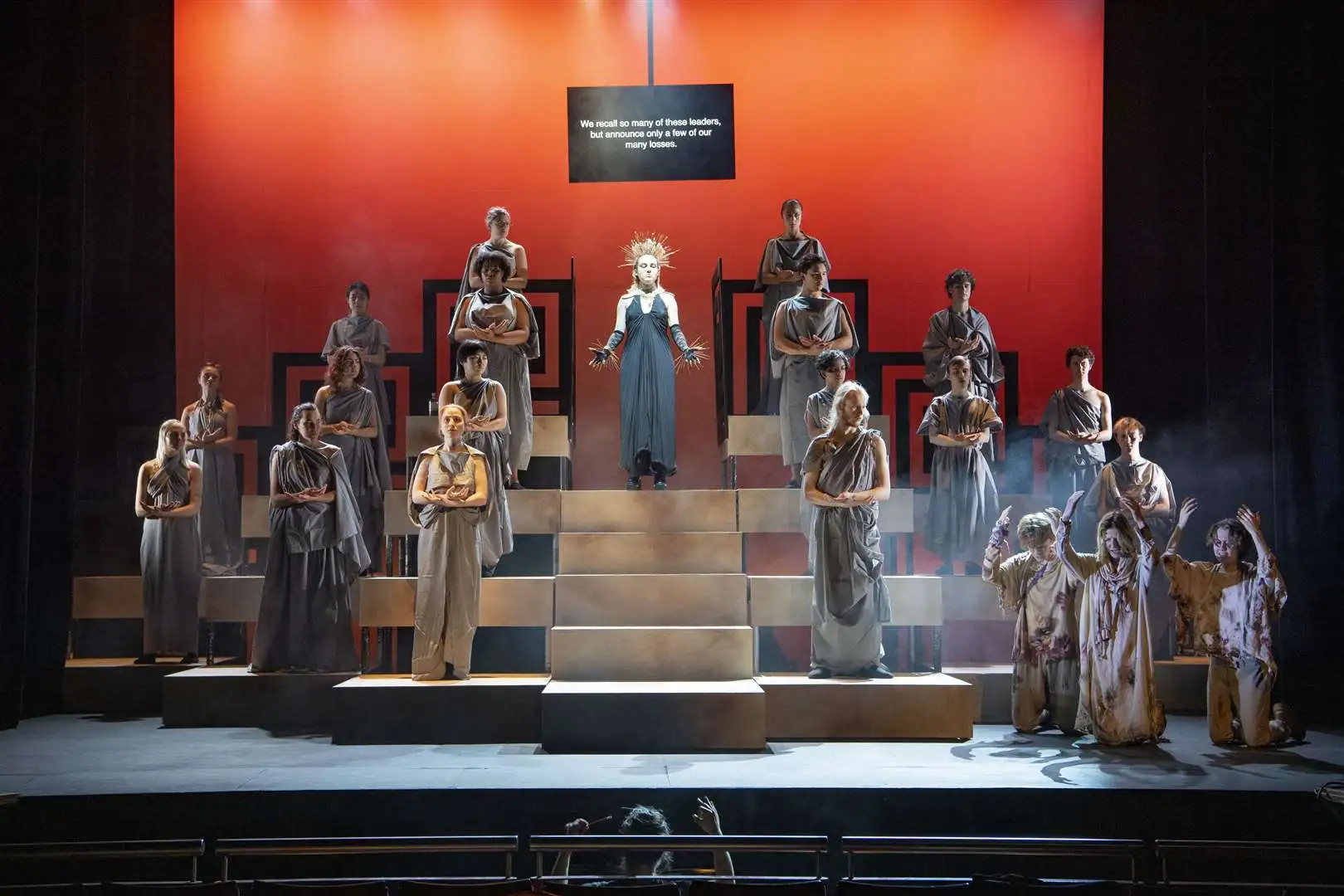Surtitles and supertitles: A guide for theatre captions

Surtitles, also known as supertitles or captitles, are translated or transcribed text projected above the stage or displayed on a screen to provide audiences with a translation of lyrics, dialogue, or other relevant information during opera, musical, and theatrical performances. They serve a similar purpose to subtitles in films but are designed specifically for live stage productions.
The primary function of surtitles is to enhance audience comprehension, particularly when the performance involves languages that may not be widely understood by all attendees. By providing real-time translations, surtitles bridge the language barrier, allowing audiences to follow the storyline and appreciate the nuances of the performance.
While subtitles are typically displayed at the bottom of a screen, surtitles are positioned above the stage, ensuring that audience members can simultaneously view the action on stage and read the translated text. This placement minimizes the need for constant eye movement between the stage and screen, creating a more seamless and immersive experience.
Benefits of Using Surtitles
Surtitles provide numerous benefits for enhancing accessibility, audience engagement, and international reach in theatre productions. They allow deaf, hard of hearing, and non-native language audience members to fully understand and connect with the story. Surtitles transcend language barriers, opening up productions to global audiences and facilitating cultural exchange. Moreover, surtitles can deepen engagement for all audience members by reinforcing key dialogue, lyrics, and context, ultimately enriching the theatrical experience. Implementing surtitles demonstrates an inclusive commitment to making performances accessible to the widest possible audience.
Planning for Surtitles
Implementing surtitles requires careful planning from the early stages of production. Deciding to use surtitles is an important first step that should be made well in advance, as it impacts various aspects of the show, including budgeting, technical requirements, and staffing. Budget considerations for surtitles include costs for translation services, display equipment, and dedicated surtitle operators.
Identifying and hiring an experienced surtitle translator is crucial. The translator's role goes beyond mere word-for-word translation; they must capture the essence, tone, and nuances of the original text while adhering to spatial and timing constraints. Collaborating closely with the translator from the outset ensures a seamless integration of surtitles into the overall production.
Surtitle Translation Process
The translation process for surtitles requires care and expertise. Finding qualified translators with experience in theatrical translation is crucial, as it involves nuances beyond standard translation. Translators should have a strong grasp of the source language, cultural context, idioms, rhymes, and poetry.
Guidelines for surtitle translation include maintaining the original rhythm, tone, and meaning as closely as possible while condensing text concisely. Prioritizing clarity over word-for-word translation is important. Editing surtitle translations with the dramaturg ensures accuracy, preserves artistic intent, and optimizes timing with the performance. Collaborative revision between the translator and creative team refines the final surtitle text.
Surtitle Display Options
There are several options for displaying surtitles during a theatre production. The most common methods involve using digital projectors or LED screens to project the translated text above or to the side of the stage.
Digital projectors offer flexibility in positioning the surtitle display, as the image can be projected onto a screen or surface at various angles and locations relative to the stage. However, projectors require a controlled lighting environment and a dedicated projection surface or screen. Rear projection, where the projector is behind a translucent screen, can provide a more integrated display.
LED screens have become a popular choice due to their bright, high-resolution displays that can be easily viewed even with stage lighting. Large LED video walls can be installed above the stage or in the audience's sightlines. Smaller LED tiles or ribbons can also be used for a more discreet surtitle display. The main drawbacks of LED screens are their higher cost and potential visibility of the physical screen housing or bezels.
Both digital projectors and LED screens allow for easy updating of surtitle text and seamless transitions between translations. They can be integrated with surtitle software and cueing systems for synchronized display. Some venues have permanent surtitle display installations, while others use temporary rented or portable setups. The choice depends on factors like the venue's infrastructure, production budget, and surtitling needs.


